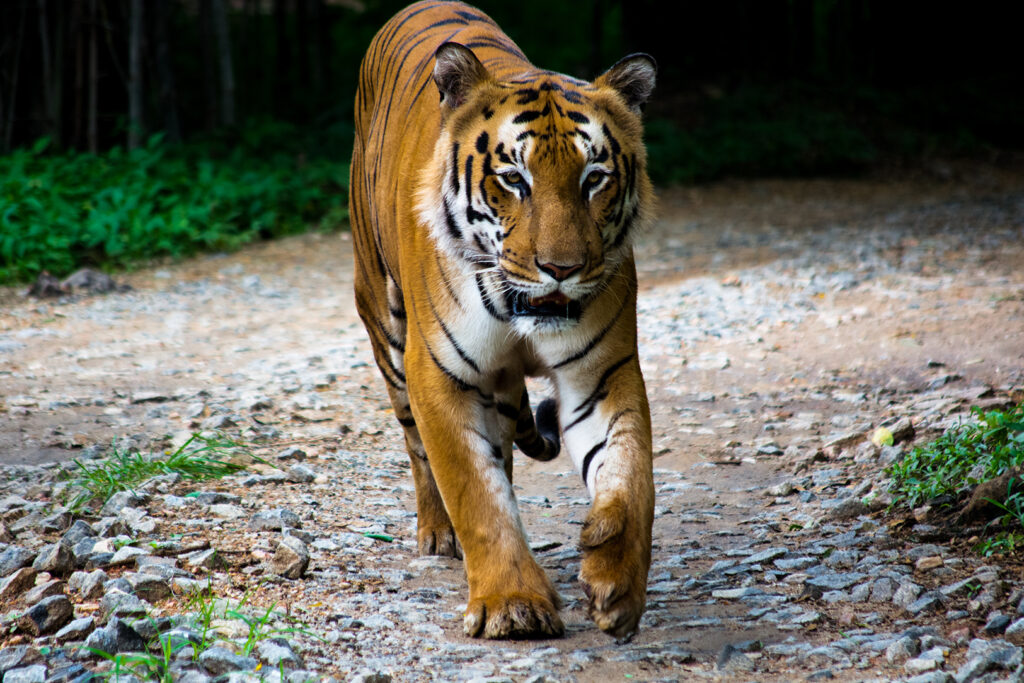Visualization
In wildlife conservation, data visualization is an essential tool for understanding and interpreting complex data sets. Visualization allows conservationists to explore data in new ways, identify patterns and trends, and communicate findings to others. At our organization, we have developed a software platform that includes advanced data visualization tools to help conservationists better understand and manage wildlife populations.
Our approach to data visualization in wildlife conservation software is grounded in the understanding that data visualization is not just about creating pretty graphs and charts – it’s about using visual representations to reveal insights and tell stories about the data. We believe that data visualization should be intuitive, interactive, and informative, allowing conservationists to explore data in real-time and identify patterns and trends that may not be apparent in traditional data tables.
Our data visualization tools are integrated into our software platform, where conservationists can access them to explore data on wildlife populations, habitat quality, and other factors that affect wildlife conservation. The platform includes a range of data visualization tools, including charts, graphs, maps, and other visualizations that allow conservationists to explore data in new ways.
One of the key benefits of our data visualization tools is that they allow conservationists to quickly identify patterns and trends in data. For example, if a conservationist is interested in understanding the distribution of a particular species, they can use our mapping tools to visualize where that species is found and how its distribution has changed over time. They can then use this information to develop targeted conservation strategies that focus on the areas where the species is most vulnerable.
Another benefit of our data visualization tools is that they allow conservationists to communicate complex data to others. Effective communication is essential in wildlife conservation, as conservationists often need to work with a wide range of stakeholders, including policymakers, landowners, and the general public. By using data visualization tools to communicate complex data, conservationists can help others understand the importance of wildlife conservation and the challenges that wildlife populations face.
Our data visualization tools also allow conservationists to explore different scenarios and management strategies. For example, if a conservationist is trying to decide how to allocate resources to protect a particular species, they can use our platform to explore different scenarios and management strategies to determine the most effective course of action. This can include simulations that allow conservationists to test different scenarios and see how they might affect wildlife populations over time.
In conclusion, data visualization is an essential tool for wildlife conservationists, allowing them to explore complex data sets, identify patterns and trends, and communicate findings to others. Our approach to data visualization in wildlife conservation software is focused on creating intuitive, interactive, and informative tools that allow conservationists to explore data in new ways. By using our data visualization tools, conservationists can make data-driven decisions that will help protect and conserve wildlife for future generations.


